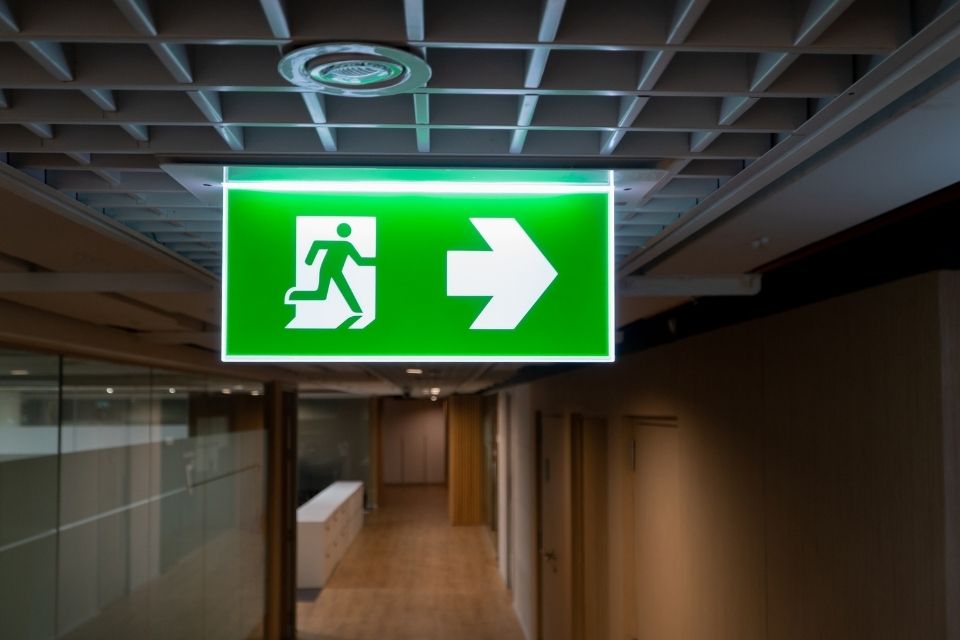Building a successful business takes more than making the right decisions that lead to the highest amount of profit. On a more personal level, a company that is able to take care of its employees increases its longevity as a result. Though some community-building practices are put to use, knowing how to improve staff communication during emergencies is a key factor to remember.
Train Them With Emergency Tools
Being able to stay connected to each other during emergencies is among the highest priorities in unforeseen circumstances. By ensuring that your staff members are all trained on how to use two-way radios during emergencies, multiple contact points are guaranteed if anyone needs to get caught up in the situation. Having a network of people who can relay information to each of their peers helps maintain order and provides crucial information on how to get away from potential hazards.
Ensure Leadership Is Trained
Drills should be practiced somewhat regularly to help keep everyone on the same page on what to do. But in the case of an emergency, the potential for panic is a real thing to remember. The people responsible for mitigating any chaos that arises from those instances are your leaders, who should be able to lead their teams away from danger confidently. They remain the most important people to have the necessary knowledge on how to act and where to go if something goes wrong.
Have a Backup Communication
Employees should be aware of who to go to if their first point of contact cannot be reached. This provides a layer of insurance for them and offers multiple chances to meet those who know what to do. The last thing anyone wants is to be abandoned with no one to go to for help. This precaution adds extra security to various scenarios and builds trust in the company by letting them know their safety is a priority.
A business where employees feel their interests are taken seriously worries less about who is likely to stay and leave. Equally so, making sure to keep them safe when the unpredictable occurs aids in getting things back to normal as soon as possible. By considering how to improve staff communication during emergencies, hazards are mitigated, and your staff is kept safer in the future.

